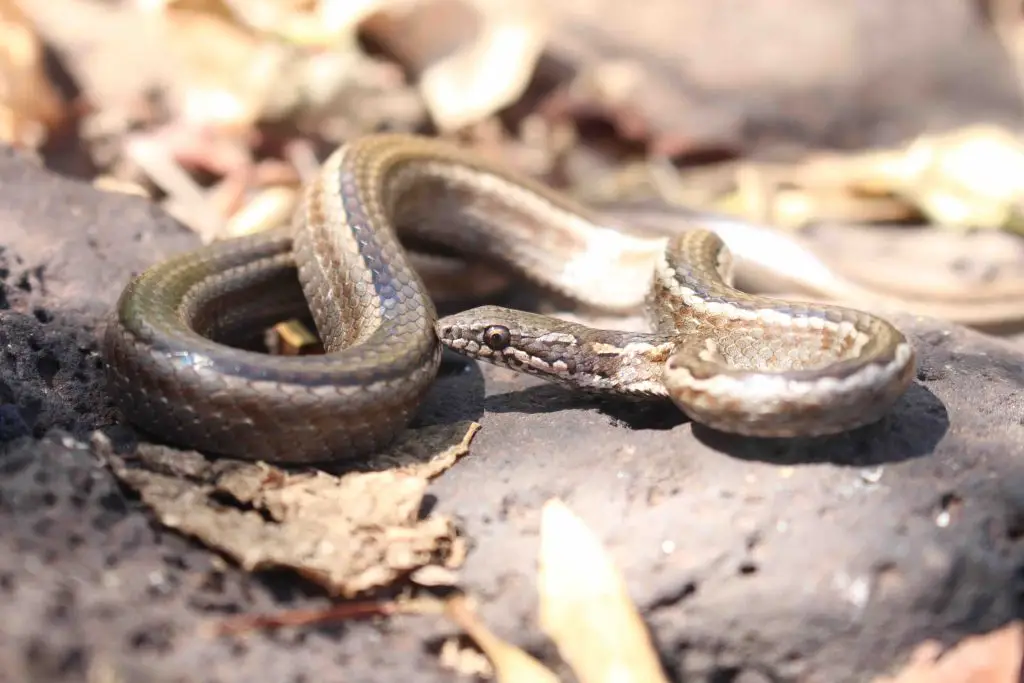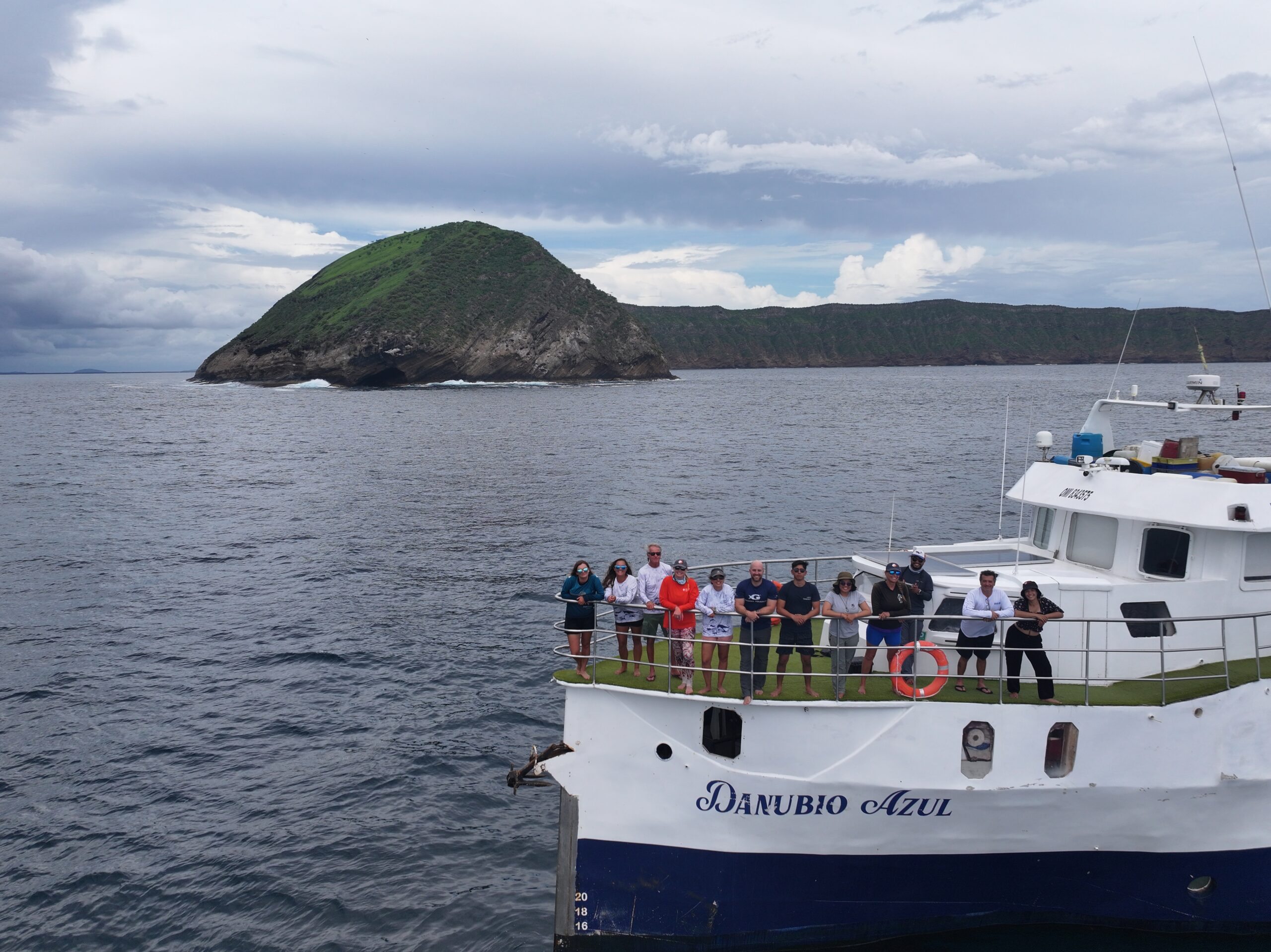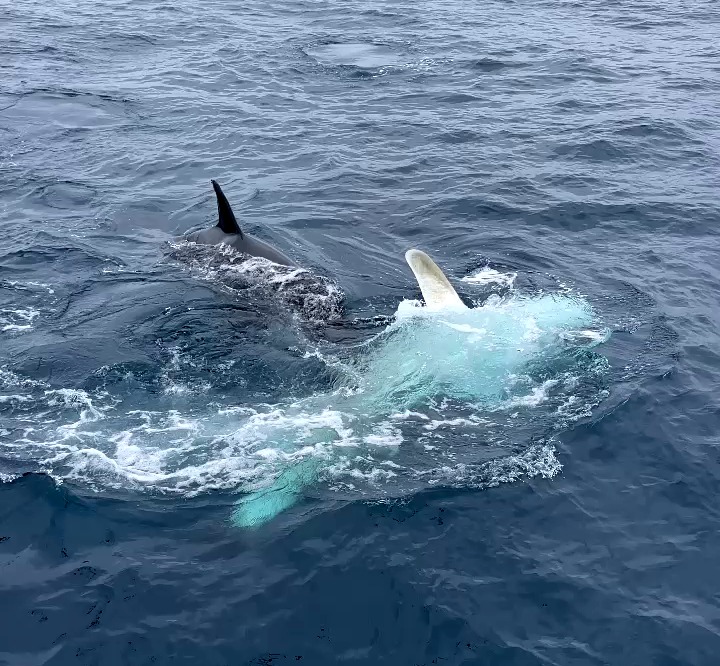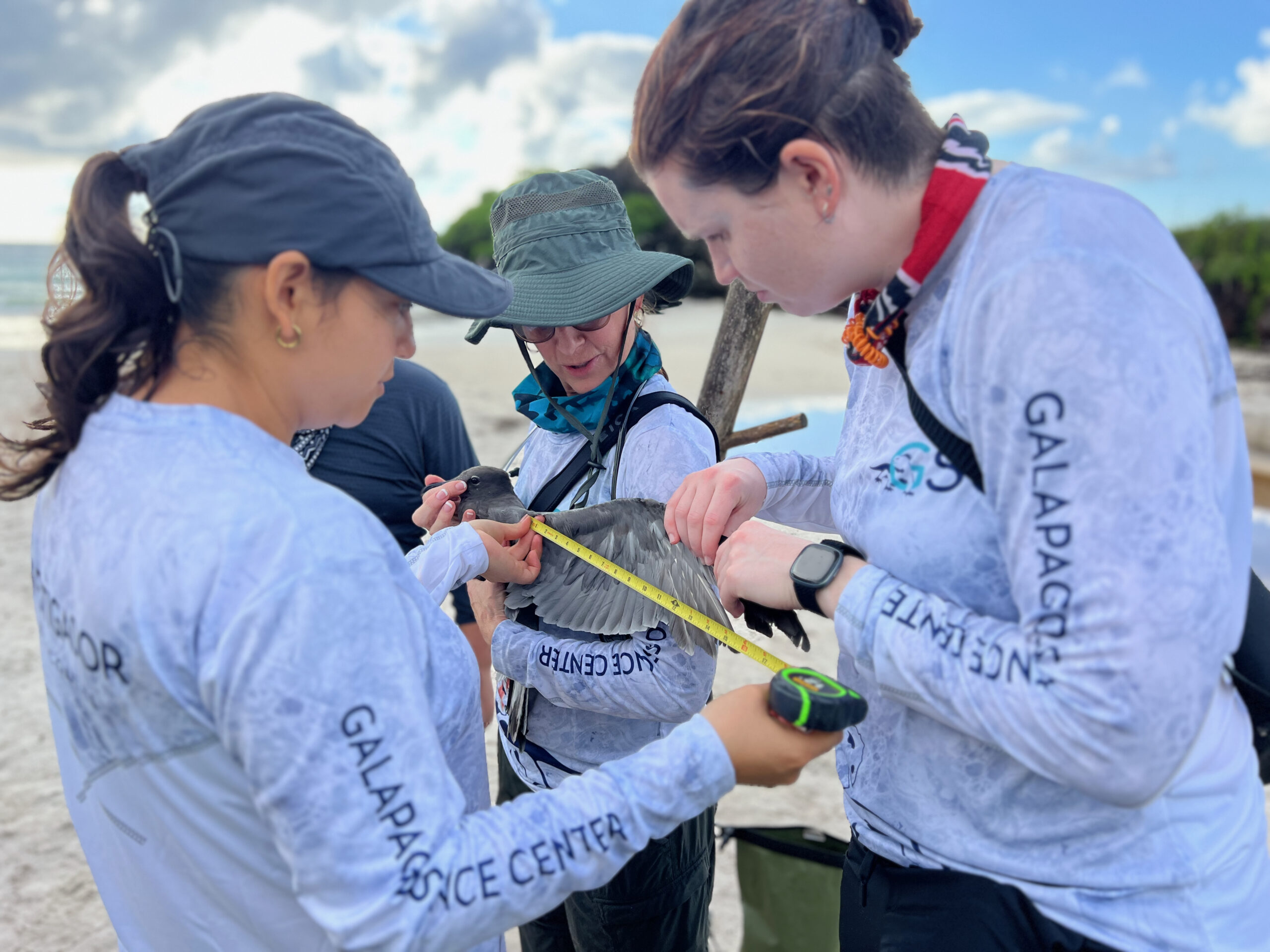San Cristóbal Snake (Pseudalsophis eibli). Photo: IBIOTROP-USFQ
Abstract
The Galapagos Archipelago has been world-famous since Darwin’s visit and is recognized for its species radiation and high levels of endemism. However, Galapagos snakes of the genus Pseudalsophis remained poorly known until recently. The taxonomy of this snake radiation was in turmoil until 2018, when nine species were recognized and its origin and evolutionary history were better explained. In this chapter, the authors present a review of the taxonomy, natural history, and conservation of these snakes, which have been isolated in the Galapagos for at least 4 million years. They propose recognizing Pseudalsophis eibli for the San Cristobal Island Snake, separated from P. biserialis from Floreana Island and surrounding islets. Based on literature and their own data, the authors list 40 prey and 19 predatory taxa interacting with Galapagos snakes. Invasive species, especially mammals, and road mortality are among the more serious threats to the conservation of snakes, especially on populated islands.
Read the article in the link: https://doi.org/10.1093/oso/9780197641521.003.0009






